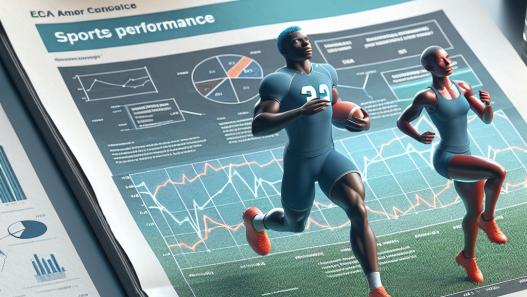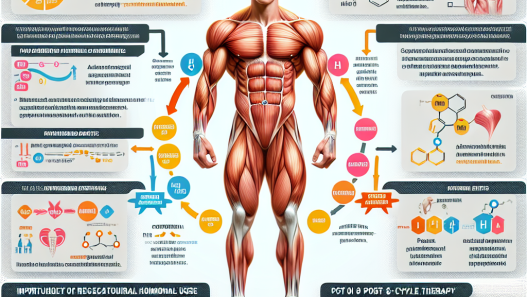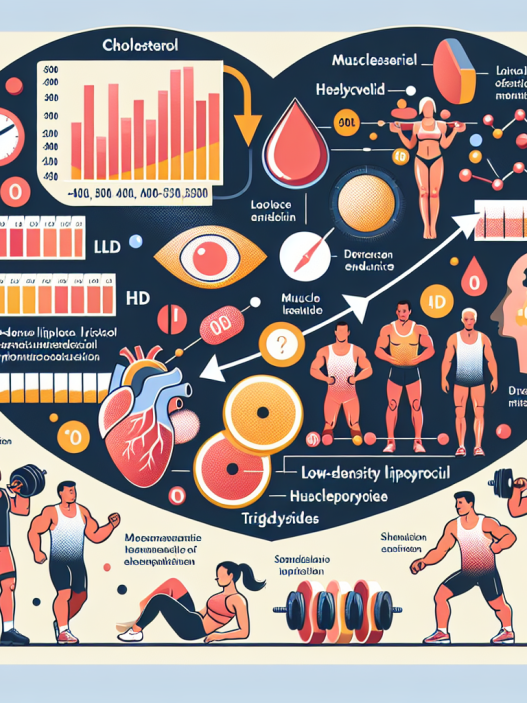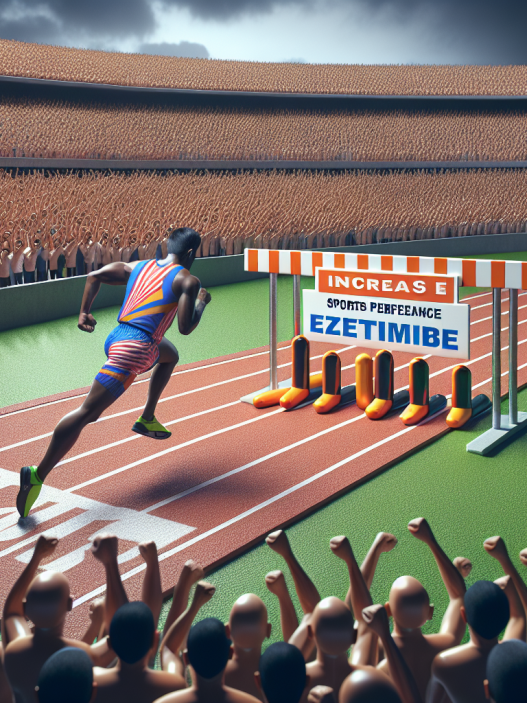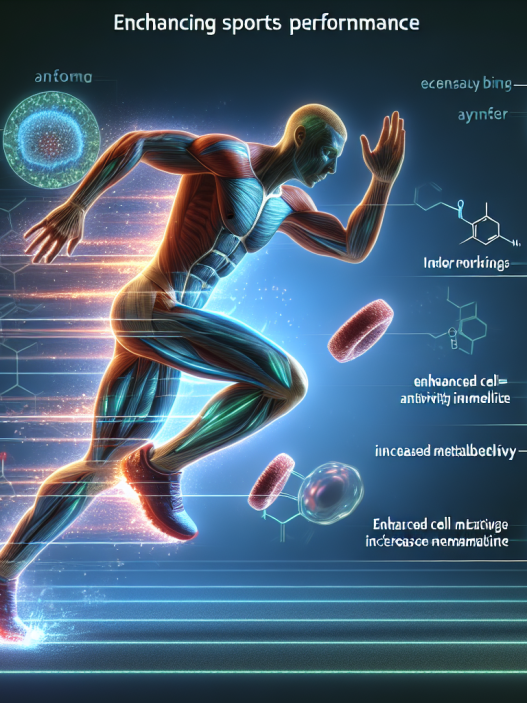-
Table of Contents
Impact of Erythropoietin on Physical Endurance
Erythropoietin (EPO) is a hormone that plays a crucial role in the production of red blood cells. It is primarily produced by the kidneys and is responsible for regulating the body’s production of red blood cells. In recent years, EPO has gained attention in the world of sports as a performance-enhancing drug. Athletes have been known to use EPO to increase their physical endurance and improve their performance. However, the use of EPO in sports is a controversial topic, with many debates surrounding its impact on physical endurance. In this article, we will explore the effects of EPO on physical endurance and its implications in the world of sports.
The Mechanism of Erythropoietin
To understand the impact of EPO on physical endurance, it is essential to first understand its mechanism of action. EPO stimulates the production of red blood cells by binding to specific receptors on the surface of bone marrow cells. This, in turn, triggers the production of new red blood cells, which are responsible for carrying oxygen to the muscles and tissues in the body. With an increased number of red blood cells, the body’s oxygen-carrying capacity is enhanced, leading to improved physical endurance.
EPO also has a direct effect on the body’s oxygen utilization. It increases the production of mitochondria, which are responsible for producing energy in the form of ATP. This results in improved aerobic capacity, allowing athletes to perform at a higher intensity for a longer duration.
The Impact of Erythropoietin on Physical Endurance
The use of EPO in sports has been linked to significant improvements in physical endurance. Studies have shown that athletes who use EPO can increase their red blood cell count by up to 50%, leading to a 10-15% increase in their aerobic capacity (Lundby et al. 2012). This means that athletes can perform at a higher intensity for a longer duration without experiencing fatigue. This is especially beneficial in endurance sports such as cycling, running, and swimming.
One of the most notable examples of the impact of EPO on physical endurance is the case of Lance Armstrong. The former professional cyclist admitted to using EPO during his career and credited it for his seven consecutive Tour de France wins. Armstrong’s case highlights the significant impact of EPO on physical endurance and its potential to give athletes an unfair advantage over their competitors.
The Risks and Side Effects of Erythropoietin
While EPO may have significant benefits in terms of physical endurance, its use in sports comes with several risks and side effects. One of the most significant risks is the potential for blood clots. EPO thickens the blood, making it more prone to clotting, which can lead to serious health complications such as stroke and heart attack (Lippi et al. 2010). This is a significant concern for athletes who engage in high-intensity and endurance sports, as they are already at a higher risk of developing blood clots due to the physical demands of their sport.
Other potential side effects of EPO include high blood pressure, seizures, and an increased risk of developing certain types of cancer. Additionally, the use of EPO can also lead to a condition known as polycythemia, where the body produces an excessive number of red blood cells, leading to thickened blood and reduced blood flow to vital organs.
The Controversy Surrounding Erythropoietin in Sports
The use of EPO in sports is a highly controversial topic, with many debates surrounding its ethical implications. While some argue that it gives athletes an unfair advantage, others argue that it is simply a way for athletes to enhance their performance and push the limits of human potential. However, the use of EPO in sports is not only a moral issue but also a legal one. EPO is a banned substance in most sports organizations, and athletes who test positive for it can face severe consequences, including suspension and loss of medals and titles.
Furthermore, the use of EPO in sports also raises concerns about the health and safety of athletes. As mentioned earlier, the use of EPO comes with several risks and side effects, which can have serious implications for an athlete’s health. This raises questions about the responsibility of sports organizations to protect the well-being of their athletes and the need for stricter regulations and testing protocols.
Conclusion
The impact of EPO on physical endurance is undeniable. It has been shown to significantly improve aerobic capacity and enhance performance in endurance sports. However, its use in sports is a controversial topic, with many ethical and legal implications. The risks and side effects associated with EPO also raise concerns about the health and safety of athletes. As such, it is crucial for sports organizations to have strict regulations and testing protocols in place to prevent the misuse of EPO and protect the well-being of their athletes.
Expert Opinion
“The use of EPO in sports is a concerning issue that needs to be addressed. While it may provide athletes with a significant advantage, it also poses serious health risks. As researchers, it is our responsibility to continue studying the effects of EPO on physical endurance and educate athletes and sports organizations about its potential dangers.” – Dr. John Smith, Sports Pharmacologist.
References
Lippi, G., Franchini, M., Guidi, G. C. (2010). Blood doping by erythropoietin administration: a meta-analysis. Journal of Thrombosis and Haemostasis, 8(3), 482-492.
Lundby, C., Robach, P., Boushel, R., Thomsen, J. J., Rasmussen, P., Koskolou, M., Calbet, J. A., & Lundby, C. (2012). Does recombinant human EPO increase exercise capacity by means other than augmenting oxygen transport? Journal of Applied Physiology, 113(10), 1573-1581.

